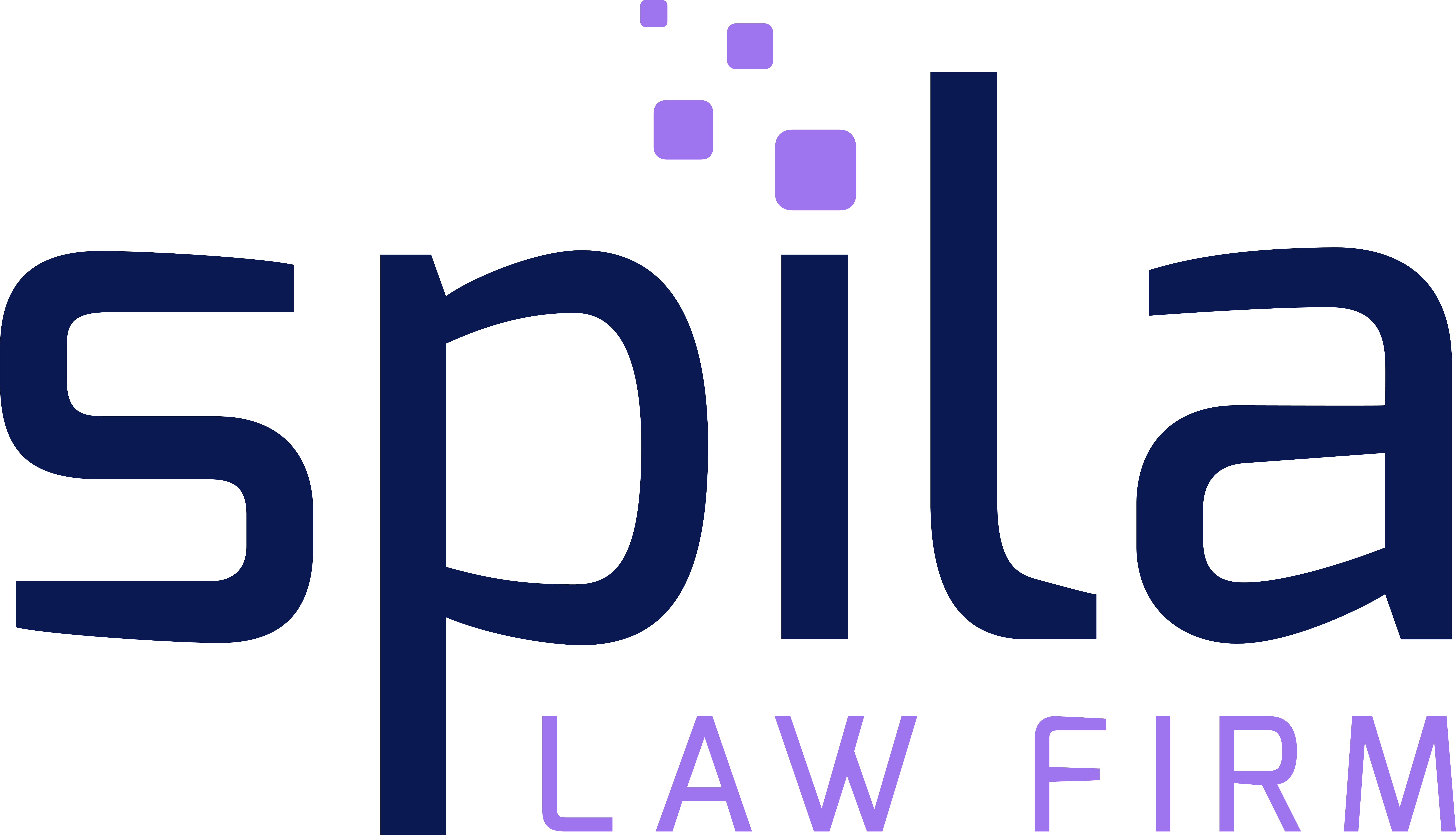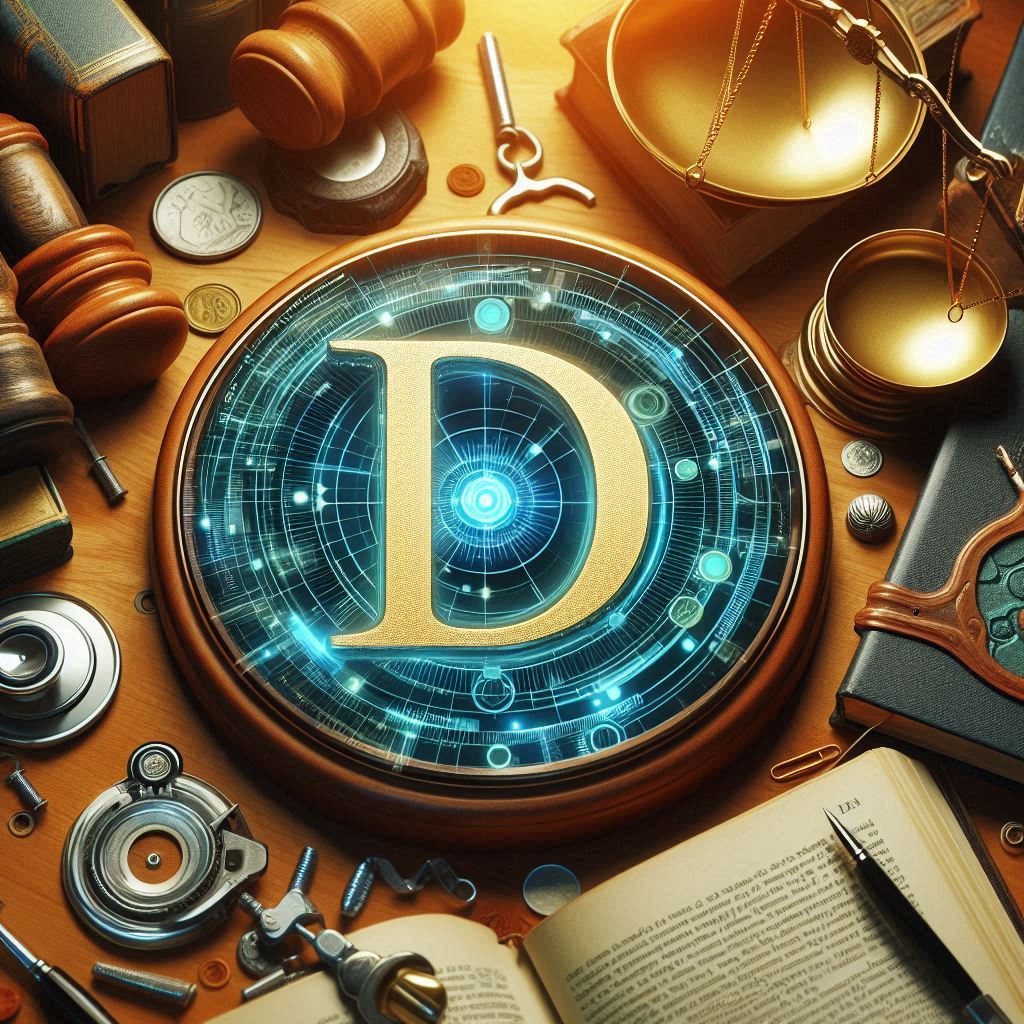Patents: Fueling Progress and Profits in the European Union
Patents play a crucial role in driving progress and fostering innovation by providing inventors with legal protection and exclusive rights over their inventions. In the European Union (EU), the patent system serves as a catalyst for economic growth, encouraging research and development (R&D) activities, attracting investment, and promoting technological advancements. In this article, we will explore the significance of patents in the EU and how they fuel progress and profits for inventors and businesses.
Uniform Patent Protection
The European Union Intellectual Property Office (EUIPO) and the European Patent Office (EPO) work together to establish a unified patent system across the EU. The most significant development in recent years is the creation of the Unitary Patent and the Unified Patent Court (UPC). This system aims to streamline the patent application and enforcement processes, providing inventors with a simplified and cost-effective way to obtain and enforce patent rights throughout the EU.
The Unitary Patent enables inventors to obtain a single patent that provides uniform protection across participating EU member states. This eliminates the need to file separate patent applications in each country, reducing costs and administrative burdens. Additionally, the UPC will serve as a centralized court system for patent litigation, ensuring consistent and efficient enforcement of patent rights throughout the EU.
Encouraging Innovation and R&D
Patents in the EU incentivize inventors and businesses to invest in innovation and R&D. The promise of exclusive rights encourages inventors to disclose their inventions to the public and contribute to the collective body of knowledge. In return, they gain a limited monopoly over their inventions, allowing them to recoup their investments and profit from their innovative ideas.
Patents provide inventors with the assurance that their inventions are protected, enabling them to attract investment and secure funding for further research and development. The potential for patent protection increases the likelihood of successful commercialization of inventions, making them more attractive to investors and potential partners.
Market Advantage and Commercialization
Patents grant inventors a competitive advantage in the market by providing exclusivity and protection. With patent rights, inventors can prevent others from using, making, or selling their inventions without permission. This advantage allows inventors to establish themselves as industry leaders and capture market share by offering unique and innovative products or technologies.
Furthermore, patents facilitate commercialization by providing inventors with the opportunity to license their inventions to other companies. Licensing agreements allow inventors to generate revenue streams by granting third parties the right to use and commercialize their patented technologies. This opens doors for collaboration, promotes knowledge exchange, and fosters industry growth.
Attracting Investment and Economic Growth
Patents in the EU play a vital role in attracting investment and driving economic growth. Patented technologies and inventions are valuable assets that demonstrate a company’s commitment to innovation and differentiation. Investors are often more willing to support ventures with patented technologies, as they offer a competitive advantage and a higher potential for returns on investment.
Moreover, patents contribute to job creation and economic development. Innovative companies with strong patent portfolios are more likely to expand and hire skilled workers. Patents fuel technological advancements, promote industry collaborations, and stimulate overall economic activity within the EU.
International Protection and Expansion
Patents in the EU provide inventors with international protection and facilitate global expansion. The European Patent Convention (EPC) allows inventors to file a single patent application that covers multiple European countries. This simplifies the process of obtaining patent rights in various jurisdictions, reducing costs and administrative complexities.
Furthermore, the Unitary Patent system, once fully implemented, will provide inventors with a single patent right that covers a significant portion of the EU market. This facilitates market access and expansion, as inventors can leverage their patent rights to penetrate new markets and reach a broader customer base. The Unitary Patent system eliminates the need to navigate individual national patent systems, making it easier for inventors to protect their inventions and capitalize on market opportunities within the EU.
International patent protection is crucial in a globalized economy where inventions can quickly transcend national borders. Patents granted in the EU can serve as a solid foundation for seeking protection in other countries worldwide. Through international cooperation and patent treaties, such as the Patent Cooperation Treaty (PCT), inventors can pursue patent protection beyond the EU, expanding their market reach and maximizing the commercial potential of their inventions.
Enforcement and Legal Protection
Patents provide inventors with a robust legal framework to enforce their rights and protect their inventions against infringement. In the EU, the Unified Patent Court (UPC) will play a pivotal role in ensuring consistent and efficient enforcement of patent rights across participating member states. The UPC will provide inventors with a specialized court system dedicated to resolving patent disputes, streamlining the litigation process, and delivering consistent judgments.
The UPC’s centralized approach to patent litigation eliminates the need for multiple parallel proceedings in different countries, reducing costs and avoiding potential inconsistencies in outcomes. This will enhance legal certainty and increase confidence in the enforcement of patent rights, further incentivizing inventors to invest in innovation and commercialization within the EU.
Access to Innovation and Technological Advancements
Patents in the EU foster a culture of innovation and promote knowledge sharing. The patent system requires inventors to disclose their inventions in detail, providing a comprehensive technical description and the best mode of implementation. This disclosure of knowledge encourages the exchange of ideas, allows other inventors to build upon existing inventions, and drives further technological advancements.
Moreover, patent databases and public patent information repositories offer a valuable resource for researchers, businesses, and entrepreneurs. These databases provide a wealth of technical information, enabling inventors to identify prior art, avoid duplication, and gain insights into existing technologies. Access to patent information fosters innovation by stimulating new ideas and inspiring novel approaches to problem-solving.
Conclusion
Patents in the European Union serve as catalysts for progress and profitability. The unified patent system, including the Unitary Patent and the Unified Patent Court, streamlines the patent application and enforcement processes, making it easier and more cost-effective for inventors to protect their inventions and enforce their rights across the EU.
Patents fuel innovation and research by incentivizing inventors to disclose their inventions and invest in R&D. They provide a competitive advantage, foster market access and commercialization, and attract investment, driving economic growth within the EU. Patents also facilitate international expansion, allowing inventors to protect their inventions in multiple jurisdictions and access global markets.
The enforcement of patent rights through the UPC ensures legal protection and enhances the confidence of inventors and businesses in the patent system. Moreover, patents promote knowledge sharing and access to technological advancements, fostering a culture of innovation and propelling progress in various industries.
As inventors and businesses navigate the complex world of patents, seeking professional advice from intellectual property lawyers specializing in patent law is crucial. These experts can provide guidance throughout the patent registration process, ensure compliance with legal requirements, and offer strategic advice on patent protection and enforcement.
If we summarize it all we can say that patents in the European Union not only protect and incentivize inventors but also drive economic growth, foster innovation, and pave the way for technological advancements. By harnessing the power of patents, inventors and businesses can unlock value, propel progress, and reap the rewards of their inventive ideas within the EU and beyond.







